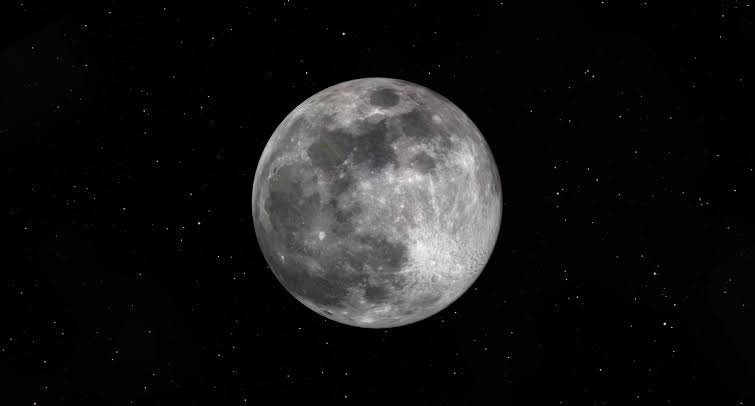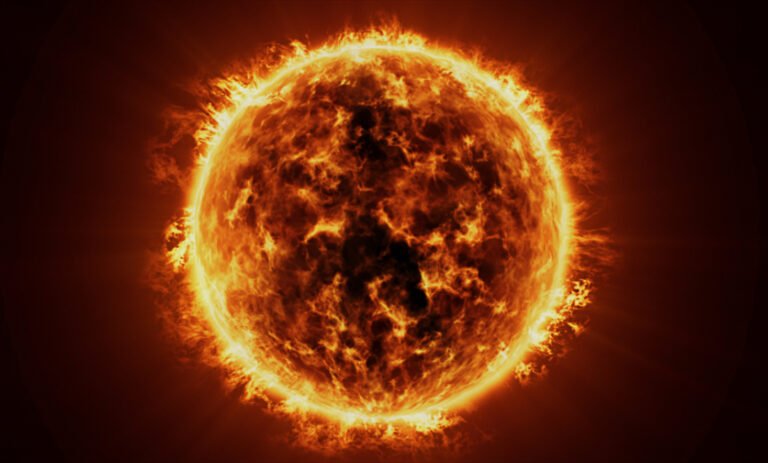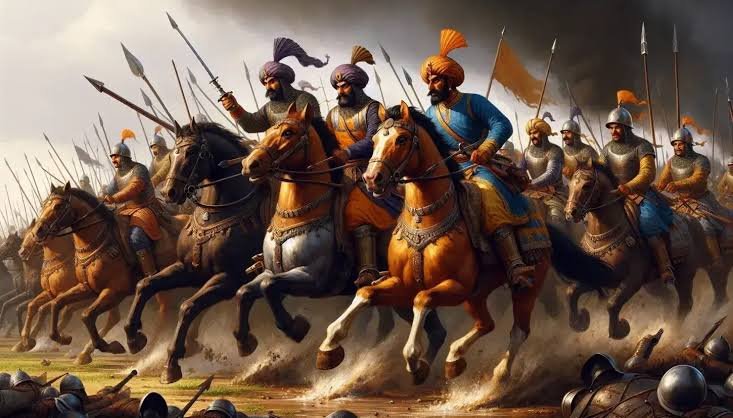
Saturn is one of the most captivating planets in our Solar System, known for its iconic rings and unique characteristics.Introduce Saturn as the sixth planet from the Sun and the second-largest planet in our Solar System. Highlight its beautiful rings, mysterious moons, and atmosphere.

Key Facts About Saturn
Distance from Sun: 1.4 billion km (886 million miles).
Diameter: About 116,460 km, nearly 9.5 times wider than Earth.
Day Length: 10 hours and 42 minutes.
Orbital Period: 29.5 Earth years.
The Rings of Saturn
Discuss the rings in detail, explaining how they are made up of ice, dust, and rock. Mention that scientists believe the rings may be remnants of comets, asteroids, or shattered moons.
Saturn’s Moons
Describe Saturn’s fascinating moons, particularly Titan, which has a dense atmosphere, and Enceladus, known for its icy surface and plumes that may indicate subsurface oceans.
Saturn’s Atmospheric Features
Talk about Saturn’s thick atmosphere, which is composed mainly of hydrogen and helium, along with its strong winds and frequent storms, including the hexagonal storm at its north pole.
Saturn Exploration Missions
Mention missions like Cassini-Huygens, which provided much of what we know today about Saturn, its rings, and moons.
Fun Facts
Saturn could float in water (theoretically) because it’s mostly made of gas, making it less dense than water.
Its hexagonal storm is unique and remains a mystery to scientists.
Closing Thoughts
Wrap up by noting that Saturn continues to intrigue scientists and sky-watchers alike, with much more left to discover.






